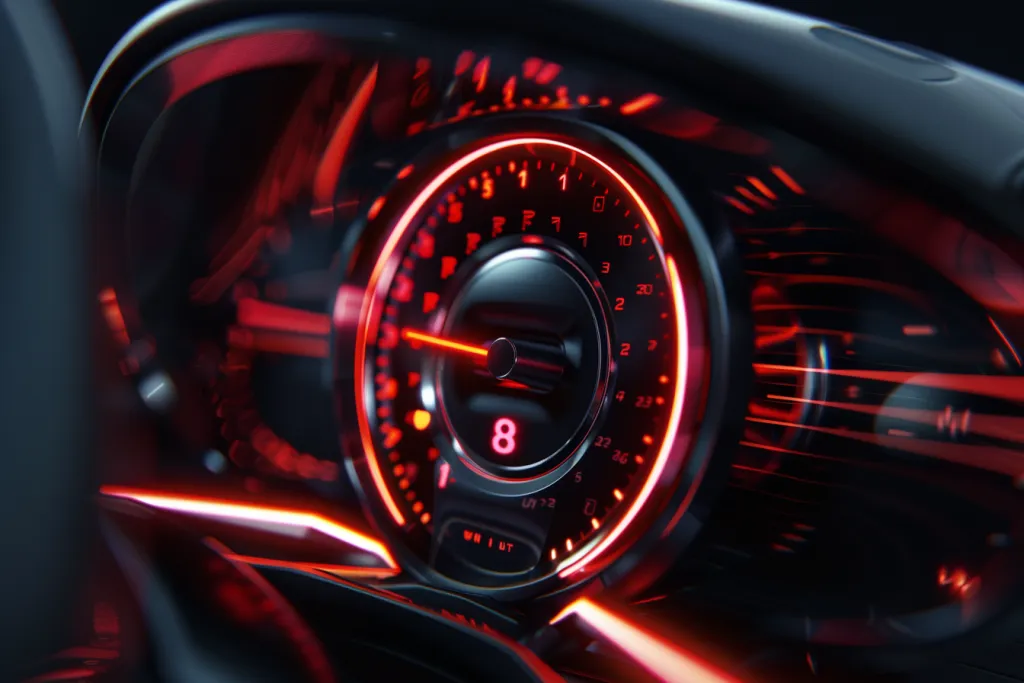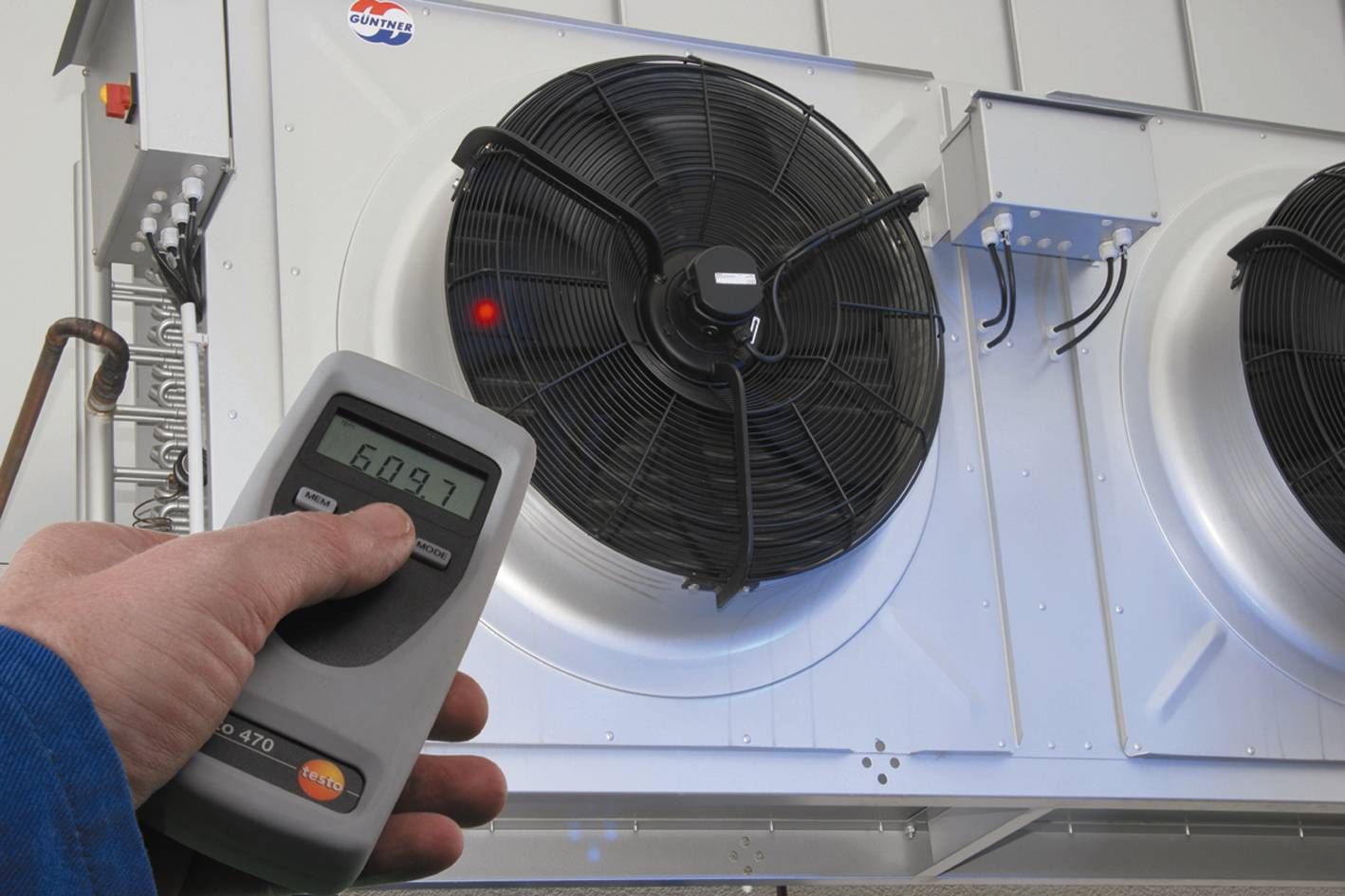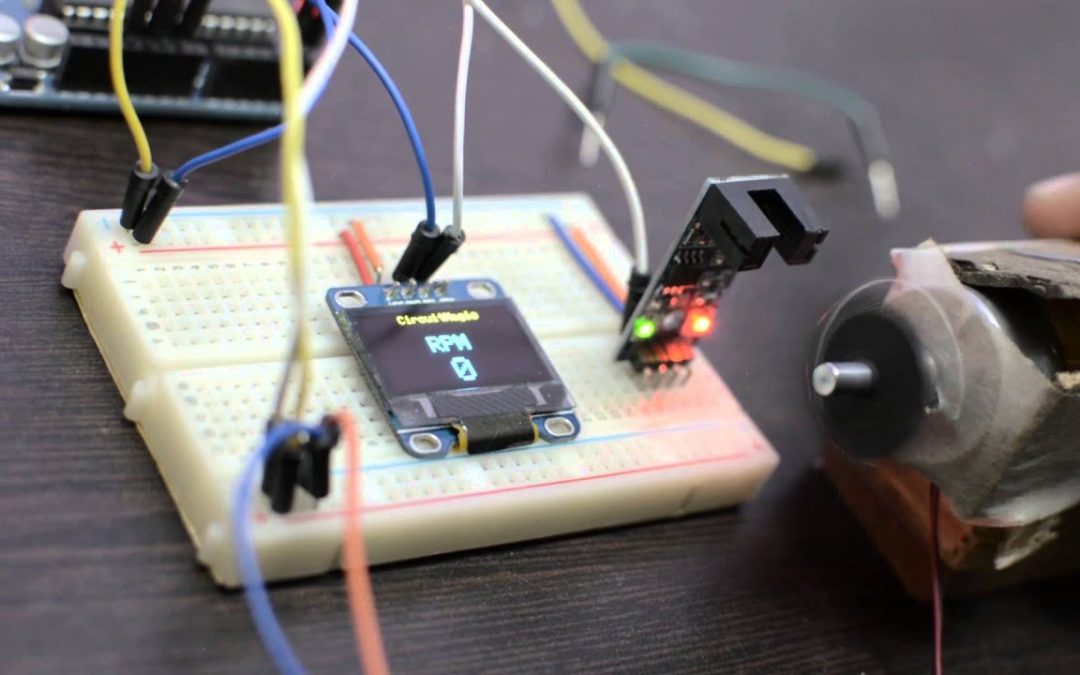If you’ve ever noticed that your tachometer is jumping around while you’re driving, you’re not alone. This common issue can be both annoying and concerning. Understanding the reasons why your tachometer behaves this way is crucial for vehicle maintenance and overall driving safety. In this article, we will explore the various causes of a jumping tachometer and how to address them. Let’s delve deeper into the world of tachometers and discover the solutions to this problem.

What is a Tachometer?
Tachometers are essential instruments in modern vehicles that display the engine’s revolutions per minute (RPM). They provide information about the engine’s performance and help drivers make informed decisions while driving.
Common Causes of a Jumping Tachometer
Electrical Issues
One common cause for a jumping tachometer is electrical issues. Faulty wiring, poor connections, or a weak battery can all lead to inaccurate RPM readings.
Engine Problems
Engine issues such as misfires or faulty spark plugs can cause fluctuations in the tachometer reading. These problems affect the engine’s RPM, resulting in a bouncing needle.
Faulty Sensor
The tachometer relies on sensors to provide accurate readings. A malfunctioning sensor can send incorrect signals to the tachometer, causing it to jump around.
ECU Malfunction
The Engine Control Unit (ECU) plays a vital role in monitoring the engine’s performance. If the ECU malfunctions, it can lead to erratic tachometer behavior.
Diagnosing the Problem
Visual Inspection
Start by visually inspecting the wiring and connections related to the tachometer. Look for any signs of damage or corrosion.
Check the Battery
A weak or dying battery can cause electrical issues. Ensure that your battery is in good condition and properly charged.
Engine Diagnostic Tools
Using engine diagnostic tools can help identify issues with the engine or sensors. Connecting your car to a diagnostic scanner can reveal any error codes or malfunctions.
Solutions to a Jumping Tachometer
Fixing Electrical Issues
Repair or replace any damaged wiring and ensure all connections are secure. This can often resolve the issue.
Engine Maintenance
Regular engine maintenance, such as replacing spark plugs and checking for misfires, can help keep the tachometer steady.
Sensor Replacement
If a faulty sensor is causing the problem, replacing it should restore proper tachometer function.
ECU Reset or Replacement
In some cases, resetting or replacing the ECU may be necessary to fix the tachometer issue.
Preventive Measures
Regular Inspection
Regularly inspect your vehicle’s electrical system and engine components to catch potential issues early.
Scheduled Maintenance
Stick to a scheduled maintenance plan to keep your vehicle in top condition and prevent tachometer problems.

FAQs
What is the main function of a tachometer?
A tachometer measures the engine’s RPM and provides crucial information about engine performance to the driver.
Can a weak battery cause the tachometer to jump?
Yes, a weak or dying battery can lead to electrical issues, causing the tachometer to display erratic readings.
Is it expensive to fix a faulty tachometer sensor?
The cost of replacing a faulty sensor can vary, but it is generally not very expensive. However, it is important to get it fixed promptly to ensure accurate RPM readings.
For more detailed information on how tachometers work, you can visit here.
For insights into high-speed paint and coating application inspection, please check out our page here.
Learn more about advanced stroboscopic event detection in semiconductor wafer polishing here.
Discover our high-speed genetic analysis and sequencing monitoring techniques here.
For more information on high-speed semiconductor manufacturing inspection, visit our page here.
For further understanding of high-speed semiconductor wafer polishing inspection, explore here.
